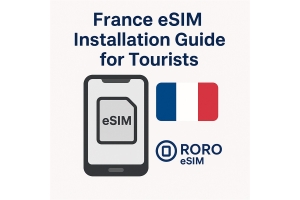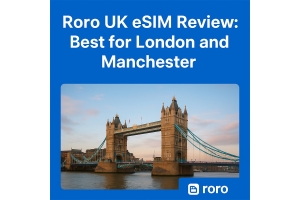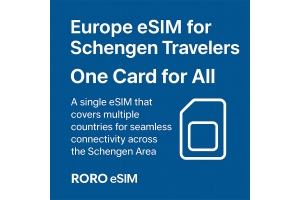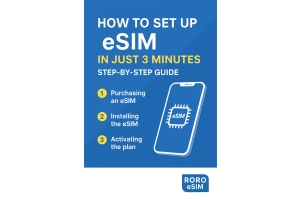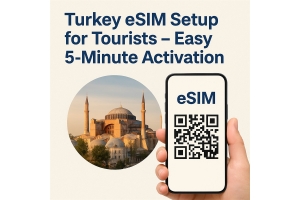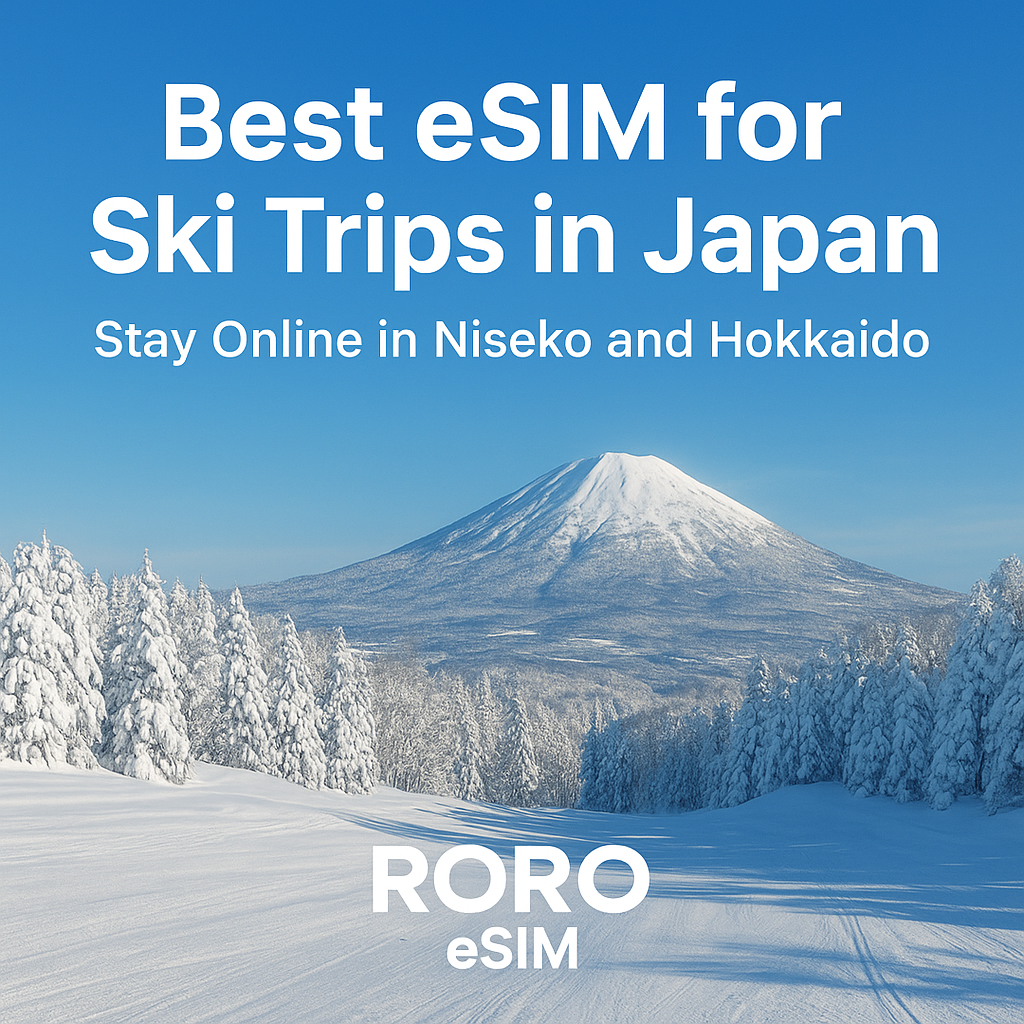
Ski trips in Japan—especially in Niseko, Hokkaido—are magical. Pristine powder, snowy forests, hot springs at night. But staying connected on lifts, in remote lodges, or during après-ski requires a reliable data plan. If you plan to stream, upload photos, check weather (often vitally important in snow!), or use mapping/navigation, your eSIM choice matters. RORO eSIM offers good options for Japan, and here’s how to get the best out of them for your ski adventure.
From RORO’s Japan travel-eSIM page, here are some of the relevant plan options: Fixed Data Plans:
1 GB / 7 days — US $3.00
3 GB / 20 days — US $5.50
5 GB / 30 days — US $8.00
10 GB / 30 days — US $9.90
20 GB / 30 days — US $18.00
50 GB / 90 days — US $60.00
Unlimited / Higher-Use Plans:
Unlimited / 2 days — US $7.00
Unlimited / 5 days — US $16.50
Unlimited / 7 days — US $23.00
Unlimited / 10 days — US $30.00
Unlimited / 20 days — US $53.00
Unlimited / 30 days — US $66.00
Key RORO Features for Japan Trips:
Networks used: KDDI and Softbank (major carriers in Japan) ensuring good coverage in Niseko, Sapporo, Otaru, etc.
Support for 3G / 4G / 5G networks where available.
No ID registration required.
Hotspot sharing allowed: With fixed plans you can share all data; with unlimited plans, sharing is allowed up to ~500 MB/day.
Fair usage policy: unlimited plans have a daily high-speed cap (about 3 GB) before speeds are reduced. That high-speed portion resets each day.
Here are reasons why ski trips in places like Niseko or other Hokkaido resorts demand more from your eSIM:
Cold & Weather Conditions
Snowstorms, cold temps, lifts—connectivity hardware and signals may perform worse in cold or during heavy snowfall. You’ll want a provider whose carrier partners maintain strong infrastructure even in remote, mountainous areas.
Remote Lodging & Off-Piste Areas
Many ski lodges are off the beaten path. Roads may be narrow, and towers fewer. Choosing a provider working with KDDI / Softbank is good since their networks cover many remote ski areas. RORO uses those.
High Data Use for Media & Safety
You might stream or upload video, use live map / GPS tracking, check avalanche risks or weather apps, or call for transportation. Unlimited or higher GB plans help avoid data shortages—streaming HD after skiing or uploading photos at night adds up.
Hotspot Sharing & Multiple Devices
If renting a chalet or cabin, you may share data across phones, tablets, laptops. Given RORO’s hotspot sharing policies, fixed plans are better for sharing unlimited amounts; unlimited plans have daily hotspot caps (~500 MB/day) which might limit heavy sharing.
Weekend Ski Trip (3-4 days)
If most of the time you're skiing, snapping photos, light streaming, maps, etc., the Unlimited / 5-day plan (US $16.50) is a solid choice. Or a fixed plan of 5 GB / 30 days if you’re careful with streaming.
Week-Long Trip
You’ll want more buffer: Unlimited / 7-10 days (US $23-30) or fixed 10 GB gives peace of mind.
Ski Lodge + Remote Days or Video-Uploading
If spending many hours uploading or relaxing streaming (movies, etc.), go for larger unlimited or high fixed-data plan (20+ GB) to avoid throttling.
Install the eSIM before you leave or in a warm indoor area so you don’t struggle with activation in snow or cold.
Keep data roaming and network selection settings in your phone properly configured (choose RORO’s profile when needed).
Use power-saving settings; cold drains battery quicker, especially while using GPS / 5G.
Use offline maps or downloaded content in lodges or when heading off-piste. Have backup options: free WiFi in villages, or carry a portable charger.
For ski trips in Japan—especially in snowy, remote, and weather-variable places like Niseko and Hokkaido—RORO eSIM is a strong choice. Their plans with KDDI / Softbank, no ID registration, variety of fixed and unlimited data tiers, hotspot sharing, and fair usage policies make them ready for the challenge.

